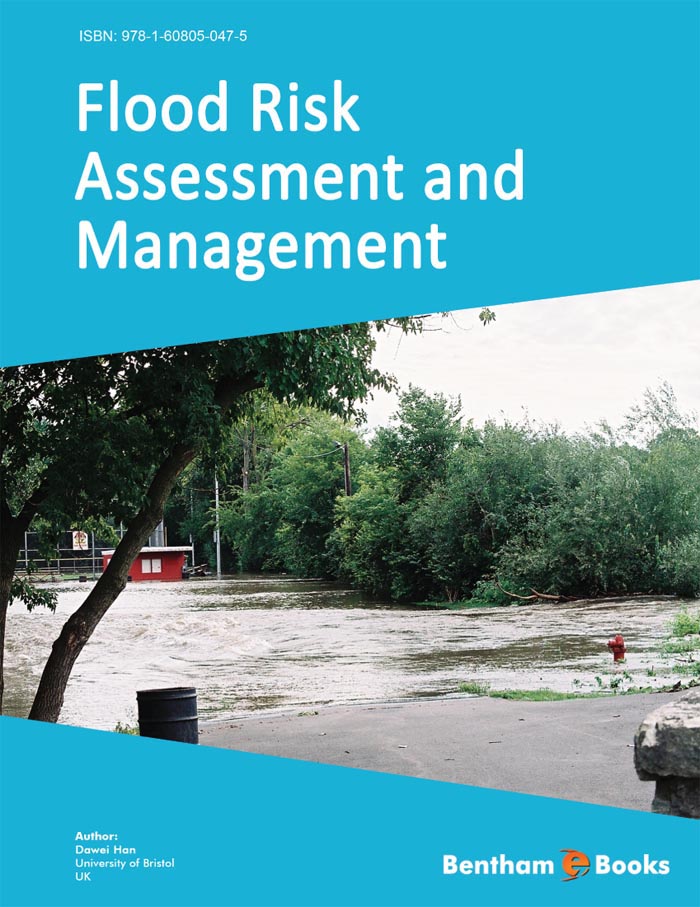Foreword
In recent years, flooding has become an increasing concern across many parts of the world of both the general public and their governments. Some very recent flood events occurred in the UK have already made the authorities realise the seriousness of the problem and the need for more trained flood engineers and managers to undertaken more effective measures in order to reduce the flood impact on the society and environment. Despite the importance of understanding floods, there is a lack of a comprehensive introductory book to cover the broad spectrum of knowledge in flood risk assessment and management. This book is topical and timely which spreads over a wide range of topics that are a key to the understating of the relevant processes of flooding and the associated risks. The book starts with an introduction on the problem of flooding, highlighting the variability of flood types, causes and the uncertainties involved in flood risk estimation. Many of the chapters are devoted to describing the methodologies actually used in analysing and predicting flood characteristics, flood frequency, rainfall runoff process, probable maximum flood, flood hazard mapping, real-time flood forecasting, weather and climate change, etc. The book also introduces many new concepts and developments in this field, such as statistical curve fitting techniques. Some interesting statements in the book such as ‘All data are wrong, but some are useful’ are very helpful for students and flood professionals to understand that data uncertainties are equally as important as model uncertainties (to match the well known statement ‘All models are wrong’ from George Box). Flood risks are extremely complex and involve diverse knowledge in mathematics, natural sciences, social sciences, law, medicine, engineering, etc. It is impossible to cover all aspects of flood risk related issues with an introductory book. Nevertheless, this book provides readers with a concise coverage of useful concepts and practice in flood risk assessment and management. The book will be useful to high level undergraduates and master students pursuing degrees in the fields of geography, civil engineering and natural environment. It will also be an interesting read for practising civil engineers and flood managers.
Binliang LIN, PhD, DEng
Professor of Hydro-Environmental Engineering
Cardiff University, UK

